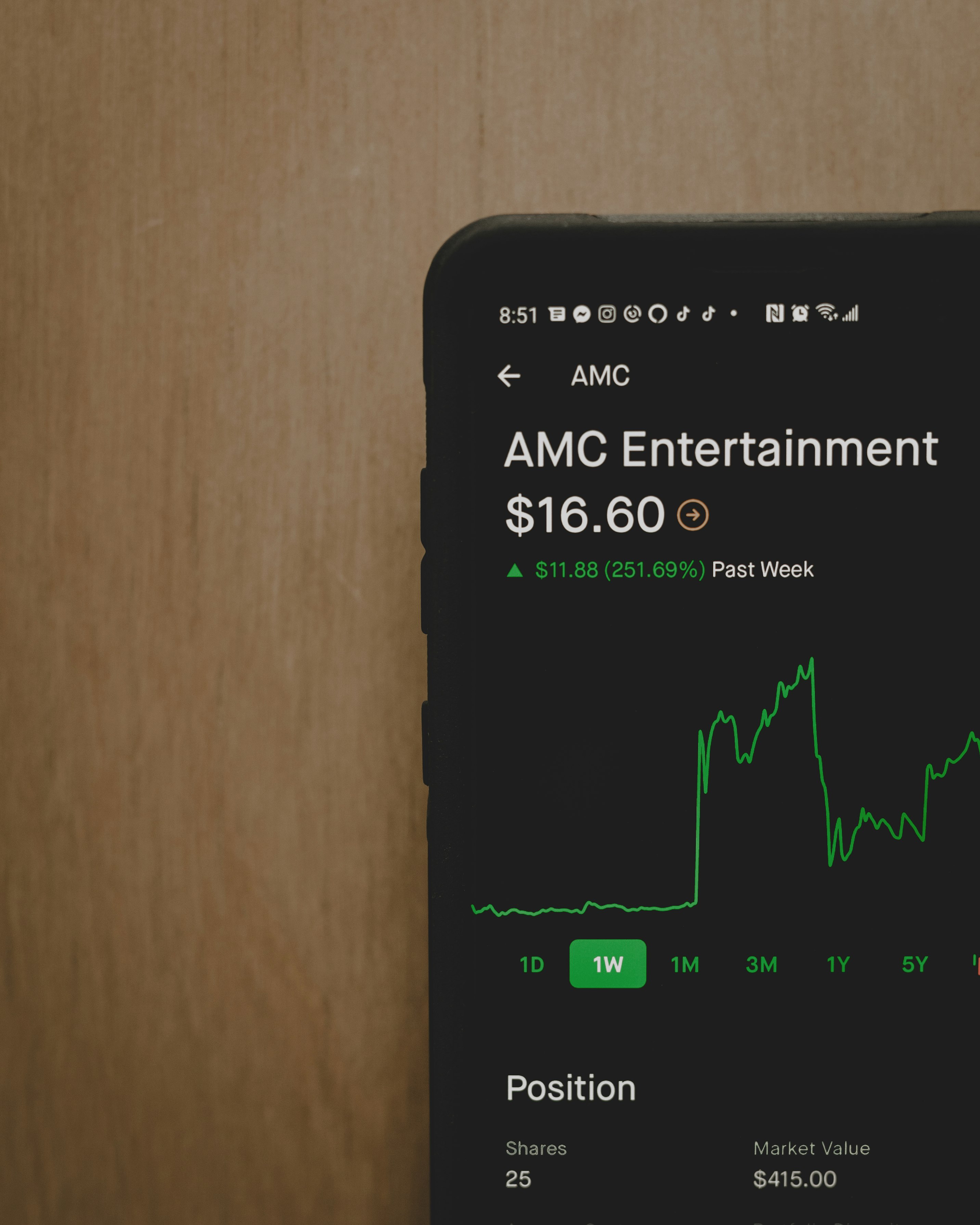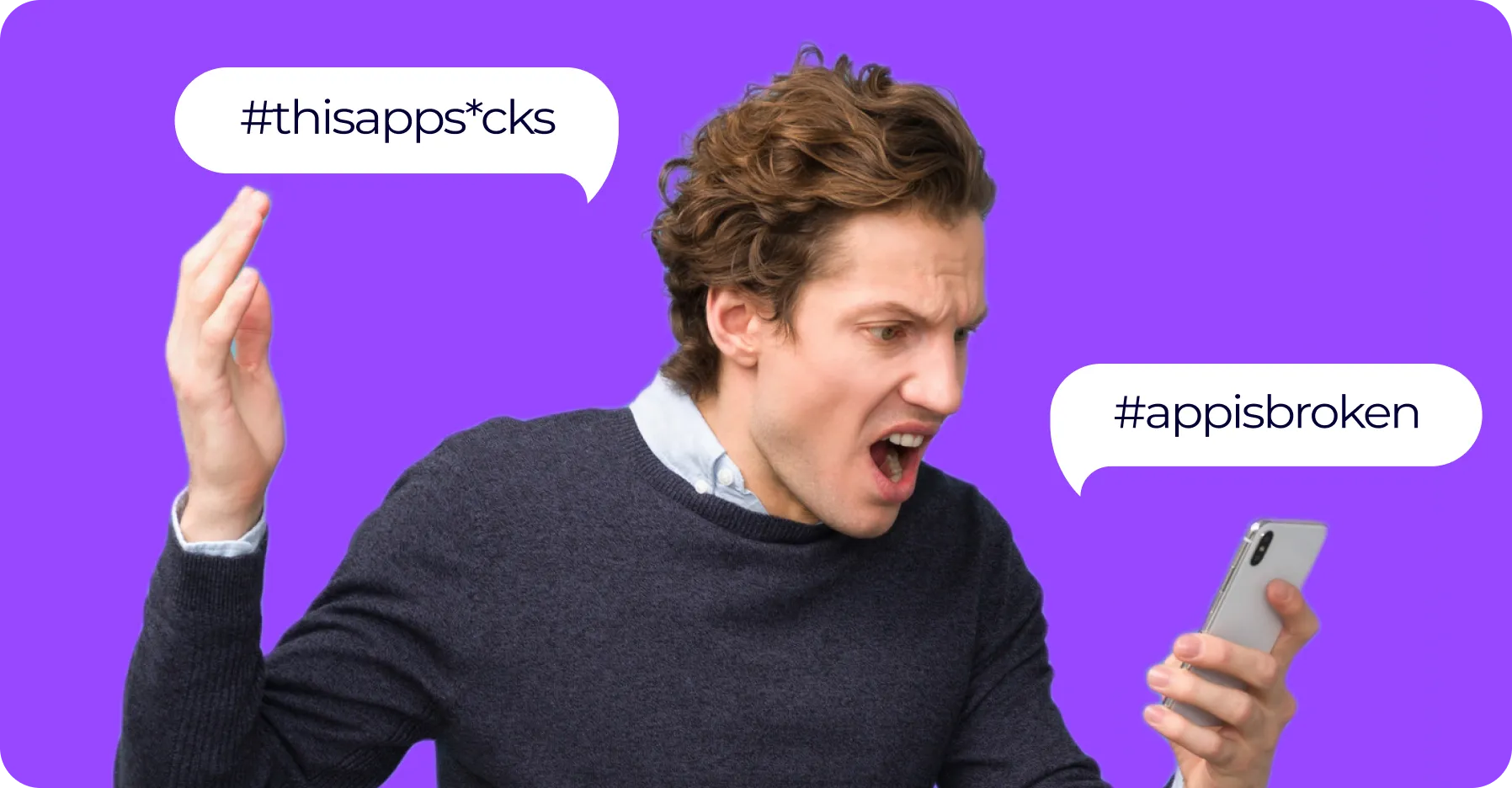In today’s digital world, user experience (UX) and user interface (UI) are crucial factors in the success of any app. A well-designed app with a user-friendly interface can attract and retain users, while a poorly designed app can quickly lose users and fail to meet its goals.
Unfortunately, there are many examples of apps that have failed due to bad UI/UX design. In this article, we will explore some of the most common UX failures that can kill an app and how to avoid them.
The Importance of UX Design
Before we dive into specific examples, let’s first understand why UX design is so important for an app’s success.
User Engagement

The primary goal of any app is to engage users and keep them coming back. A well-designed app with a user-friendly interface can make it easy for users to navigate and use the app, leading to higher user engagement.
On the other hand, a poorly designed app with a confusing interface can frustrate users and drive them away. This can result in low user engagement and ultimately lead to the failure of the app.
Form Design
Forms are an essential part of many apps, whether it’s for signing up, making a purchase, or filling out personal information. A well-designed form can make the process quick and easy for users, while a poorly designed form can be a major turn-off.
A bad form design can lead to user frustration, errors, and even abandonment. This can significantly impact the success of an app, especially if the form is a crucial step in the user journey.
Examples of Bad UI/UX Design
Now that we understand the importance of UX design, let’s take a look at some real-world examples of apps that have failed due to bad UI/UX design.
Snapchat’s Redesign Disaster
In 2018, Snapchat rolled out a major redesign of its app, which was met with widespread criticism from users. The new design made it difficult for users to find and view their friends’ stories, which was a core feature of the app.

The confusing and cluttered interface led to a significant drop in user engagement, with many users abandoning the app altogether. This resulted in a $1.3 billion loss for the company and a valuable lesson in the importance of user feedback and testing before implementing major design changes.
Robinhood’s Confusing Sign-Up Process
Robinhood, a popular stock trading app, had a major UX failure in its sign-up process. The app required users to enter their social security number before they could even browse the app, which was a major turn-off for many potential users.

Additionally, the app did not clearly explain why this information was needed, leading to confusion and mistrust among users. This resulted in a high drop-off rate and a missed opportunity to attract new users.
Uber’s Misleading Location Tracking
Uber, the popular ride-sharing app, faced backlash for its location tracking feature. The app would continue to track a user’s location even after the ride was completed, leading to privacy concerns and mistrust among users.

The app also made it difficult for users to turn off this feature, leading to frustration and a negative user experience. This ultimately led to a decline in user trust and engagement with the app.
Facebook’s Overwhelming Notifications
Facebook, the world’s largest social media platform, has faced criticism for its overwhelming notifications. The app sends users a constant stream of notifications, including friend requests, event invites, and messages, which can be overwhelming and distracting.

This has led to many users disabling notifications or even deleting the app altogether. While notifications are an essential part of keeping users engaged, overwhelming them with too many notifications can have the opposite effect.
How to Avoid UX Failures
Now that we’ve seen some examples of bad UI/UX design, let’s explore how to avoid these failures and create a successful app.
User Testing and Feedback
One of the most effective ways to avoid UX failures is to conduct user testing and gather feedback from real users. This can help identify any issues or frustrations with the app’s design and allow for improvements before the app is launched.
User testing can also help identify any potential issues with forms, such as confusing or unnecessary fields, and allow for adjustments to be made before the app is released.
Simplify and Streamline
When designing an app, it’s essential to keep the user journey in mind and make it as simple and streamlined as possible. This means eliminating any unnecessary steps or features that may confuse or frustrate users.
For example, in the case of Robinhood, the app could have allowed users to browse the app before requiring them to enter their social security number. This would have allowed users to get a feel for the app and its features before committing to signing up.
Clear and Concise Communication

Clear and concise communication is crucial for a successful app. This includes explaining why certain information is needed, such as in the case of Robinhood’s sign-up process, and providing clear instructions for using the app.
In the case of Uber, the app could have clearly explained its location tracking feature and made it easier for users to turn it off if they wished.
Conclusion
In conclusion, UX design plays a crucial role in the success of an app. By understanding the importance of user engagement and form design, and avoiding common UX failures, you can create an app that attracts and retains users.
Remember to conduct user testing and gather feedback, simplify and streamline the user journey, and communicate clearly and concisely with your users. By following these best practices, you can avoid the mistakes of these failed apps and create a successful app that users will love.
Ready to create an app users love? Let’s design a standout experience together. Reach out and let’s get started!




